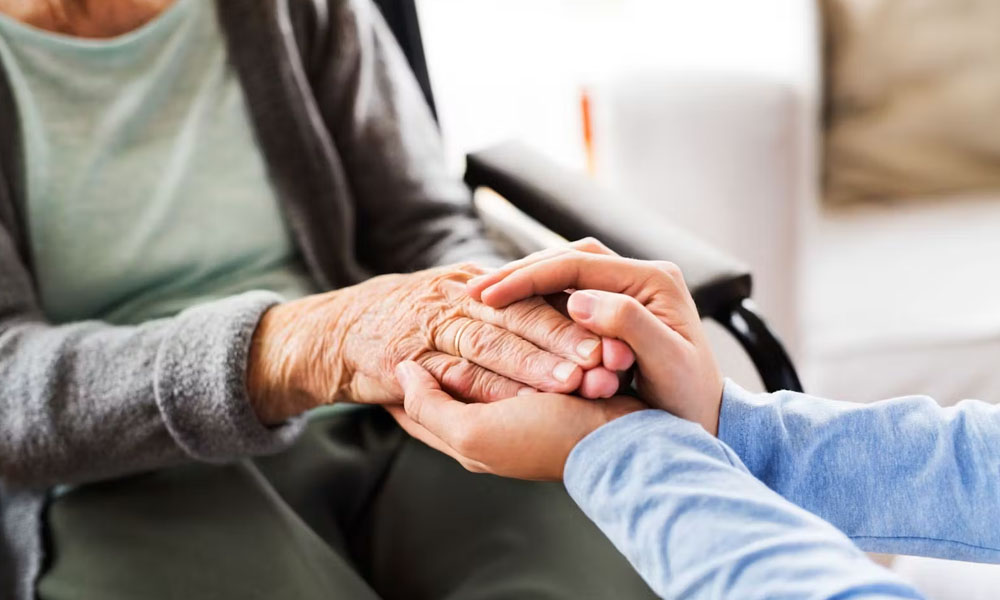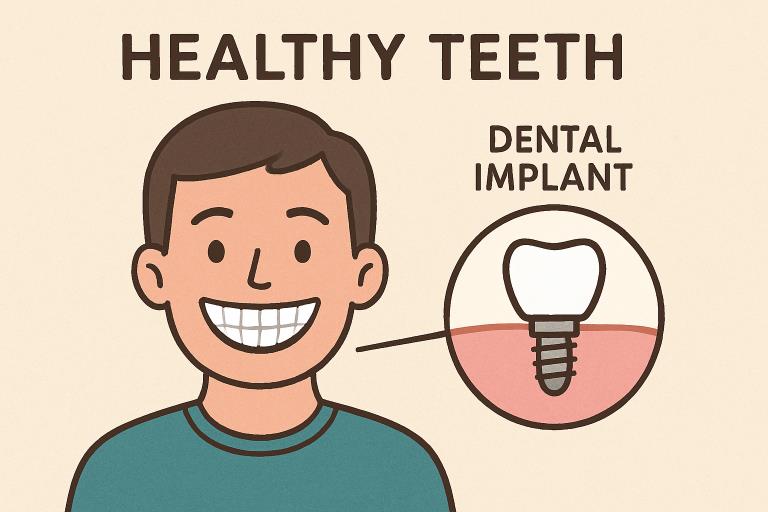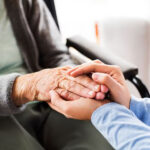Now Reading: How Family Caregivers Can Collaborate With Home Health Aides
-
01
How Family Caregivers Can Collaborate With Home Health Aides
How Family Caregivers Can Collaborate With Home Health Aides

Family caregivers provide day-to-day care and support to aging parents, people living with disabilities, or individuals recovering from illness. Collaborating with home health aides enhances the caregiving process and may improve patients’ quality of life. Care at home services offer a home-like atmosphere that allows people to live independently. Here are a few ways that family caregivers can collaborate with home health aides:
Speaking Openly to Establish Trust
Open communication between aides and family caregivers helps both provide better care to the patient. The caregiver provides helpful information about their dependent’s habits, preferences, and health issues; this helps the aide get a better idea of what services to provide. The aides might be responsible for alerting family members to behavioral changes or new information related to their loved one’s health. The communication keeps all the parties working towards the same goal and tracks the patient’s progress.
Establishing Roles and Responsibilities
Assigning separate functions enables caregivers and home aides to function effectively without duplication; establishing these functions up front provides an efficient process. Scheduling appointments and medication management may be the tasks of family caregivers. Aides manage direct personal care in the form of hygiene assistance, mobility support, and basic medical care..
After every person learns their duty, their work balances out. A documented care plan that outlines each care task establishes accountability between the family and health aides. A care plan could have the family caregivers preparing meals and providing nutrition, while the home health aides offer grooming and mobility help.
Coordinating Care Plans
Planning together helps avoid misunderstandings that family members may have about their loved one’s care. Family members may involve aides in creating day schedules that align with the care recipient’s routine and preferences. They may set regular times for meals, medications, resting, and activities to create a predictable routine for the patient. A coordinated plan increases the care recipient’s comfort and may preserve their independence. Regularly reviewing care outcomes and having aides report new symptoms allows for updates to the scheduled plan that accommodate changing health needs.
Communicating Personal Preferences
Taking into account the patient’s preferences helps caregivers provide quality care. Family members may tell the aide about their loved one’s personal routines, cultural practices, and communication styles. Aides can then adapt their work to these choices by allowing the recipient of care to choose clothes or activities for the day. Valuing privacy and ownership of personal care, along with being polite and professional, are additional aspects of care that contribute to a positive environment for the patient; this helps to enhance overall well-being.
Maximizing Professional Support
Home health aides provide professional skills and knowledge that enhance the caregiving responsibilities of family members. Their training in mobility aids, symptom observation, and emergency response improves the quality of care provided to patients. These professional services enable family members to balance caregiving duties with individual responsibilities; this helps prevent burnout.
Professional care at home services are also able to train families in proper care techniques and health monitoring procedures. They teach family caregivers how to move patients safely, administer medication, and observe for symptoms. This knowledge allows them to administer care when an aide isn’t scheduled to be in the home, and it becomes easier to adjust to changing care demands.
Hire Professional Care at Home Services
Effective collaboration between home health aides and family caregivers enhances the quality of patient assistance for those who need assisted living. Communication between all parties involved, clearly defined responsibilities for the caregiver, and agreed plans construct a workable system of patient assistance. If you have a loved one in need of individualized care at home, contact a reputable care service agency near you.




















